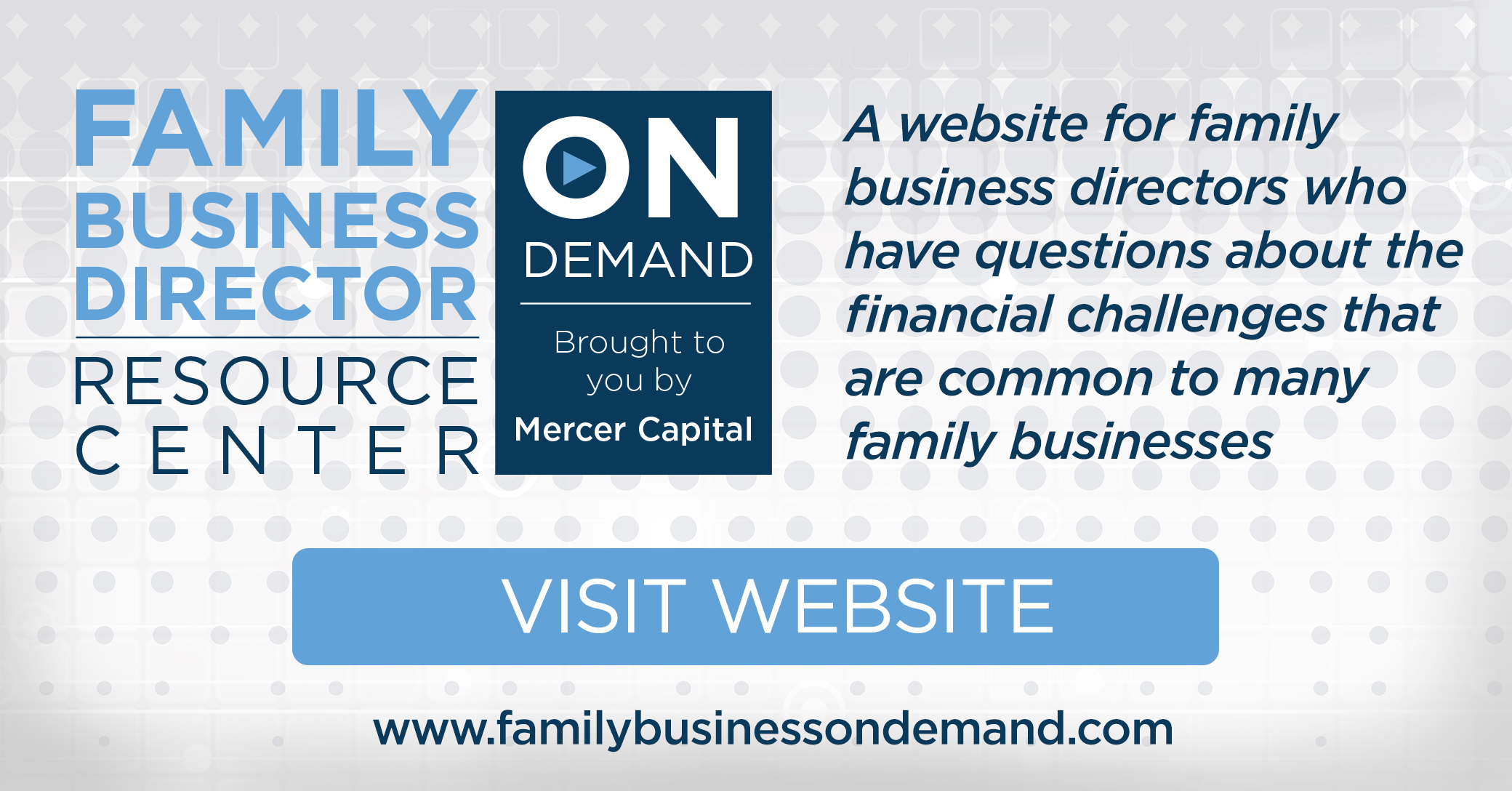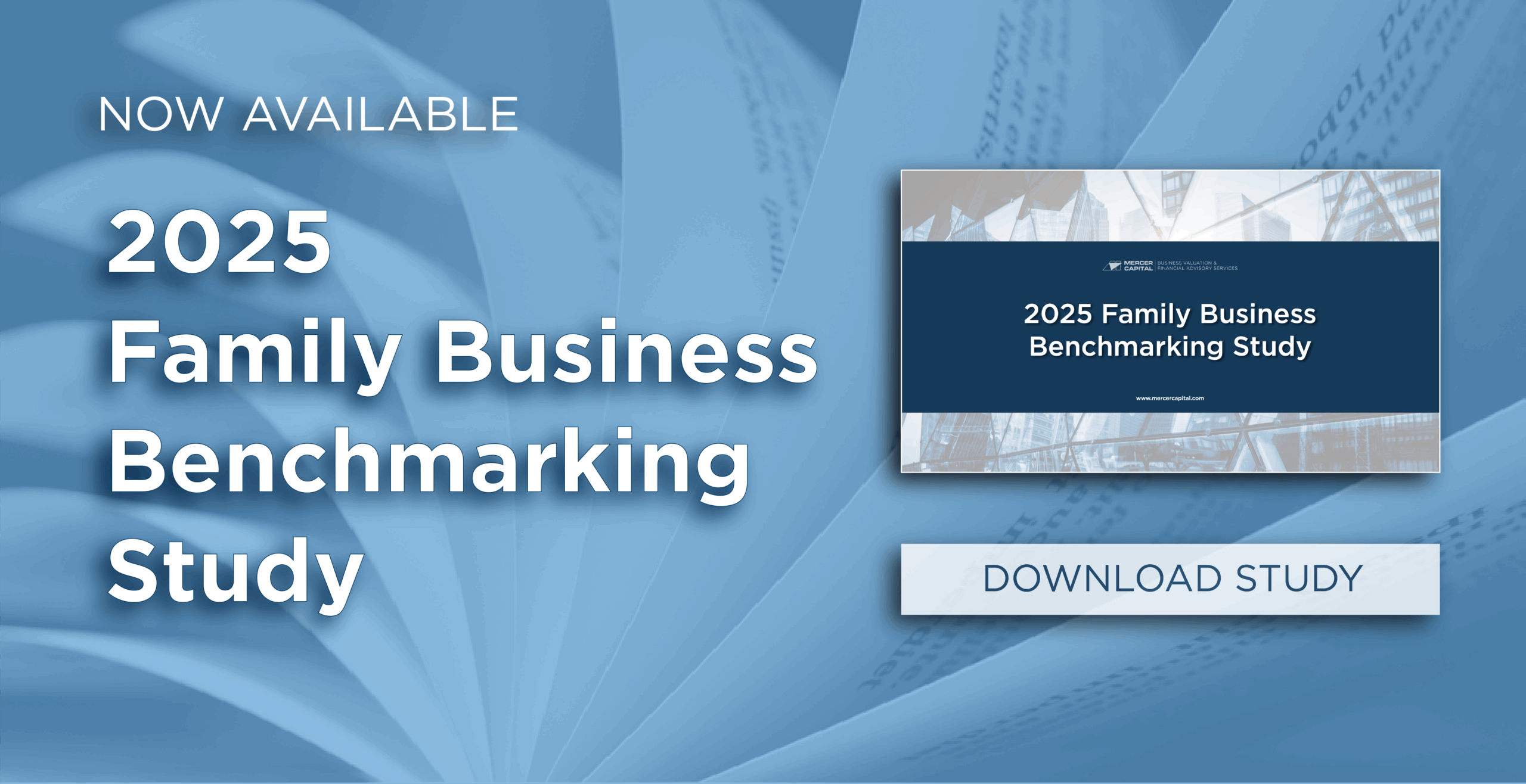Stock Buybacks at Record Highs
What’s the Lesson for Family Businesses?
Second-quarter earnings for public companies have largely come in higher than Wall Street estimates, helping lead market indices to new highs. Despite the elevated prices, those same companies are using their surprise earnings to… buy shares of their own stock. According to a Wall Street Journal report, U.S. companies are on pace to buy back over $1.1 trillion of their own stock in 2025 — an all-time high. Tech giants like Apple and Alphabet, and big banks such as JPMorgan, Bank of America, and Morgan Stanley, lead the charge, with individual authorizations running into the tens of billions.
For public companies, the logic is straightforward: reducing the number of shares outstanding can boost earnings per share and, presumably, the company’s stock price. For public companies with strong balance sheets and limited reinvestment opportunities, buybacks can be a way to return excess capital to owners without adjusting investor expectations for continued higher dividends.
But the practice is not without controversy. Critics argue that buybacks can fuel short-term share price gains at the expense of investments needed to secure the long-term sustainability of the business. Furthermore, just like any other investor, companies executing stock buybacks risk overpaying for the shares.
The Family Business Perspective
Family businesses are much less likely to use share repurchases in the same way. For family businesses, share redemptions are more likely to be motivated by shareholder concerns: liquidity needs, diversification preferences, or a desire to no longer be in business with the rest of the family.
- Providing Liquidity to Shareholders. Dividends are a one-size-fits-all approach to shareholder liquidity. Especially in larger, multi-generation families, it is unlikely that the company’s dividend policy will necessarily “work” for everyone. Some households may have other sources of income, while others may be much more reliant on dividends from the family business to maintain their lifestyle. Unlike public companies, private family businesses don’t have an active market for their shares. A thoughtfully designed share redemption program can offer liquidity for shareholders with changing financial needs or life events.
- Providing Diversification Options for Shareholders. As with income, each family shareholder’s personal balance sheet is unique. Some may have created additional sources of wealth through entrepreneurship, successful careers, or marriage, while others may have all of their investment eggs in the family business basket. Share redemption programs can be especially important for family shareholders needing a bit more personal diversification.
- Providing Exit Options for Shareholders. Not every family member is cut out to be an engaged and responsible family shareholder. Typical interpersonal frictions can be magnified in enterprising families, making an amicable parting of the ways a desirable outcome. Family business leaders should review the terms of existing buy-sell and shareholder agreements to see if the provisions still “fit” for the family today.
Proceed with Care
Family businesses face unique challenges in executing share redemptions:
- Valuation — Without a public market price, the family must decide which “level” of value (control, noncontrolling but liquid, or noncontrolling and illiquid) is appropriate for the redemption. As we have long advised clients, it is much easier to reach a consensus on what constitutes a reasonable approach to value and “level” of value before an actual redemption transaction comes up.
- Capacity — Redemptions require cash. Public companies may tap capital markets quickly; family businesses often rely on internal cash flow or borrowing, which can limit flexibility and require more advanced planning.
- Communication — As with dividend policy, predictability and transparency build trust. Introducing a redemption program without clearly articulating the rationale for the program, the mechanics of how the program will work, and the valuation process will likely create confusion or tension among the family shareholders.
Potential Next Steps
| Survey family shareholders to identify liquidity needs and diversification preferences. | |
| Assess available liquidity and borrowing capacity for redemptions. | |
| Define the valuation standard and process for determining the redemption price. | |
| Develop a communication plan to explain the rationale, mechanics, and expected outcomes of any redemption program. |
 Family Business Director
Family Business Director 











